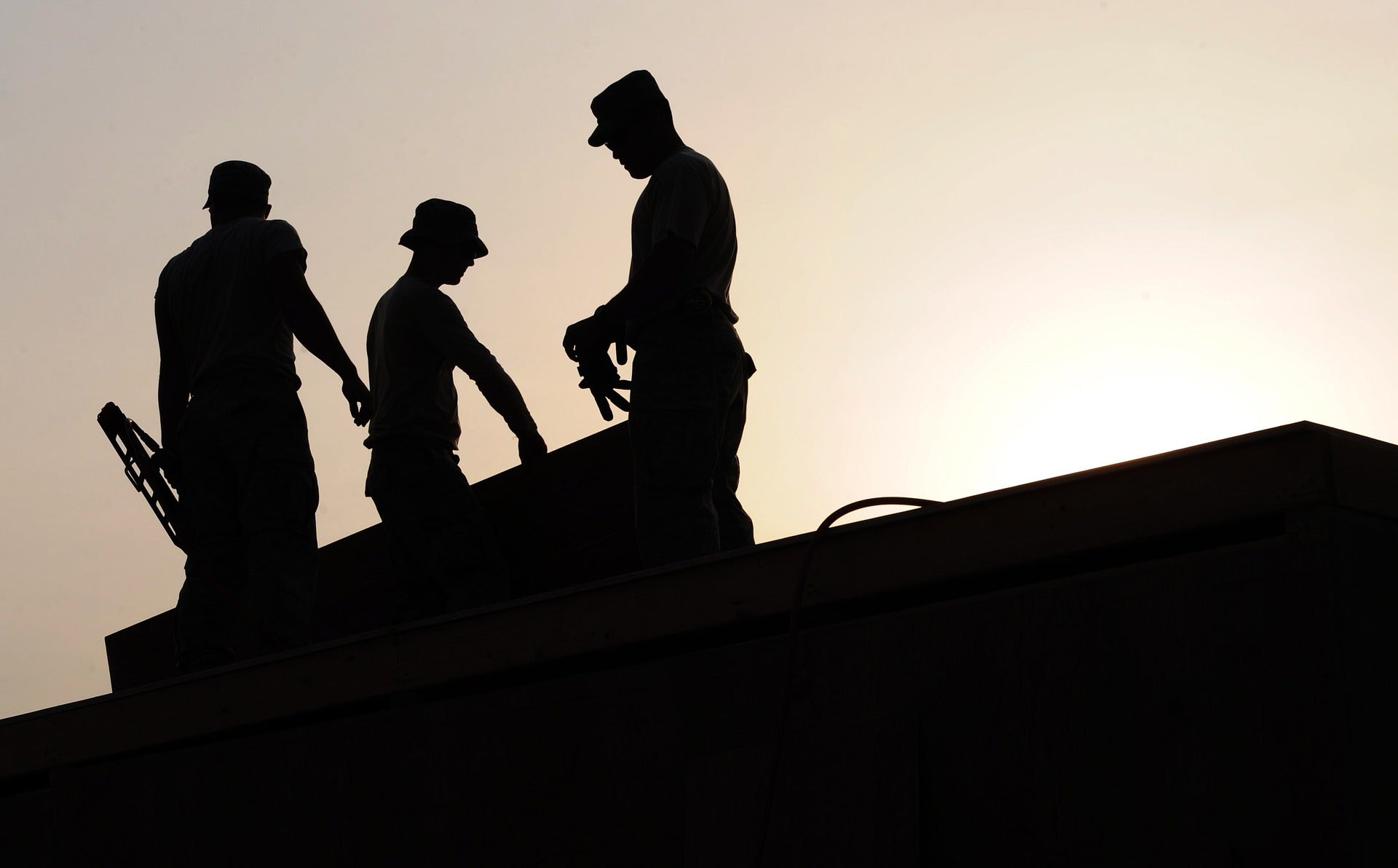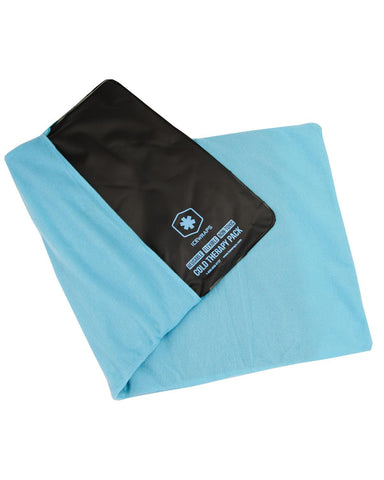Your Cart is Empty

Is your workplace safe? Or do you often encounter occupational hazards?
Injuries in the workplace are not unheard of. In fact, each year, thousands of Americans get hurt while on the job. These injuries can sometimes be minor bumps and bruises that only need a quick trip to the clinic. Other times, they can be major incidents that can cost a person’s job. Either way, you have to be aware on the top 3 work-related injuries so that you can prevent them from happening. After all, an ounce of prevention is better than a pound of cure, right? Here are the top 3 work injuries and how you can prevent them:
Have you ever slipped or fallen at work? Well, you’re not alone. As many as one million Americans suffer from slips, trips, and falls (STFs) in the workplace. STFs are so notoriously common, they make up one-third of major work injuries. Construction workers, electricians, and painters are especially exposed to this occupational hazard since scaling walls or climbing heights are part of their job description.
STFs are usually caused by slippery surfaces or bad lighting. Clutter and other poor housekeeping practices also contribute to an unsafe working environment. STFs can lead to strains, sprains and even major fractures that can cost people their jobs. The risk for fractures is higher for older members of the workforce since their bones can grow brittle with age.
Preventing STFs is simple enough. All it takes is consciously keeping things clean and organized. In the workplace, make sure to clean up spills as soon as possible. Make sure that the work area has adequate lighting and that paths are clear of clutter, cables, wires or anything people can trip on. Always put warnings on slippery floors. Invest on footwear with good rubber soles to prevent slipping and wear protective gear like harnesses and helmets when climbing heights.
If construction workers are at risk for falls and slips, people who work in the office are plagued with back and shoulder pains. This is usually caused by a number of things: poor posture, improper body mechanics and lack of ergonomic furniture.
People tend to stoop or slouch when they’re sitting on their desks, causing back strain and bunched-up shoulder muscles.
Another factor is poor body mechanics. Body mechanics more or less deals with proper movement in day-to-day activities. Some people, like those who work in retail and logistics, tend to use their backs instead of their knees when they lift heavy objects from the ground. This could lead to slipped discs and other back problems.
Bad office equipment only makes the problem worse. An ergonomic desk setup means that the chair allows a person’s feet to be flat on the floor while offering adequate back support. The desk should be of a comfortable height. Unfortunately, not all offices are equipped with these types of furniture, and a lot of employees end up with discomfort once their shift ends.
Solving back or shoulder pains is pretty simple, too: observe proper posture by sitting straight, and know how your body naturally moves. It’s always best to use ergonomic furniture, but if you're stuck with a desk setup that isn't very friendly to your back try you can try to make adjustments to it. It doesn’t even have to be expensive, either. You can simply get a nice comfy cushion to sit on, or adjust your armrests so your elbows rest at a 90-degree angle. An affordable lumbar support can also do wonders to your back.
Overexertion comes in many forms. It could be characterized by fatigue, shortness of breath or dehydration. Sometimes, it could also mean pulled muscles, swollen wrists or even torn ligaments. This type of injury usually involves those who work in construction, retail, and manufacturing industries. Overexertion remains the top reason why employees miss work. This means that when an employee suffers from overexertion, the organization’s productivity plummets as well.
To prevent this, one must listen to their body. Understand your limits and take regular breaks within your shift. Proper body mechanics still plays an important part in preventing overexertion, so don’t forget to practice it as well. Use the right equipment when you need to transport or lift things. Of course, regular exercise can help strengthen your muscles and prevent overexertion.
Despite your best efforts, these injuries can still happen. You have to know what to do in case they occur. A person who has slipped or tripped can suffer from sprains or pulled muscles. Carefully assist the person and if you suspect a sprain, immediately elevate the area and apply a cold compress to reduce swelling. Prevent further injury by resting the injured body part. The same treatment is applicable for strained muscles and ligaments.
Back and shoulder pains can be relieved by alternating cold and warm compresses as well.
 |
|
ICEWRAPS 12X21 OVERSIZE COLD THERAPY CLAY PACK WITH COVER
|
 |
If a person has fallen from a considerable height and you suspect a spinal injury, do not attempt to move the person as you might do more harm to their back and neck. Prevent any possible bleeding and call emergency medical personnel immediately.
Don’t let these injuries fool you: they don’t sound very fatal, but they are dangerous in their own right. One wrong fall may cost you your job. In the long run, a bad chair in the office might cause irreparable damage to your back. However you look at it, you’d want to work in a healthy and safe environment. Look out for risk factors in your workplace and do the necessary measures to prevent these injuries from happening. Simple acts like clearing up clutter or maintaining a good posture can do wonders to you and your co-workers.
Comments will be approved before showing up.